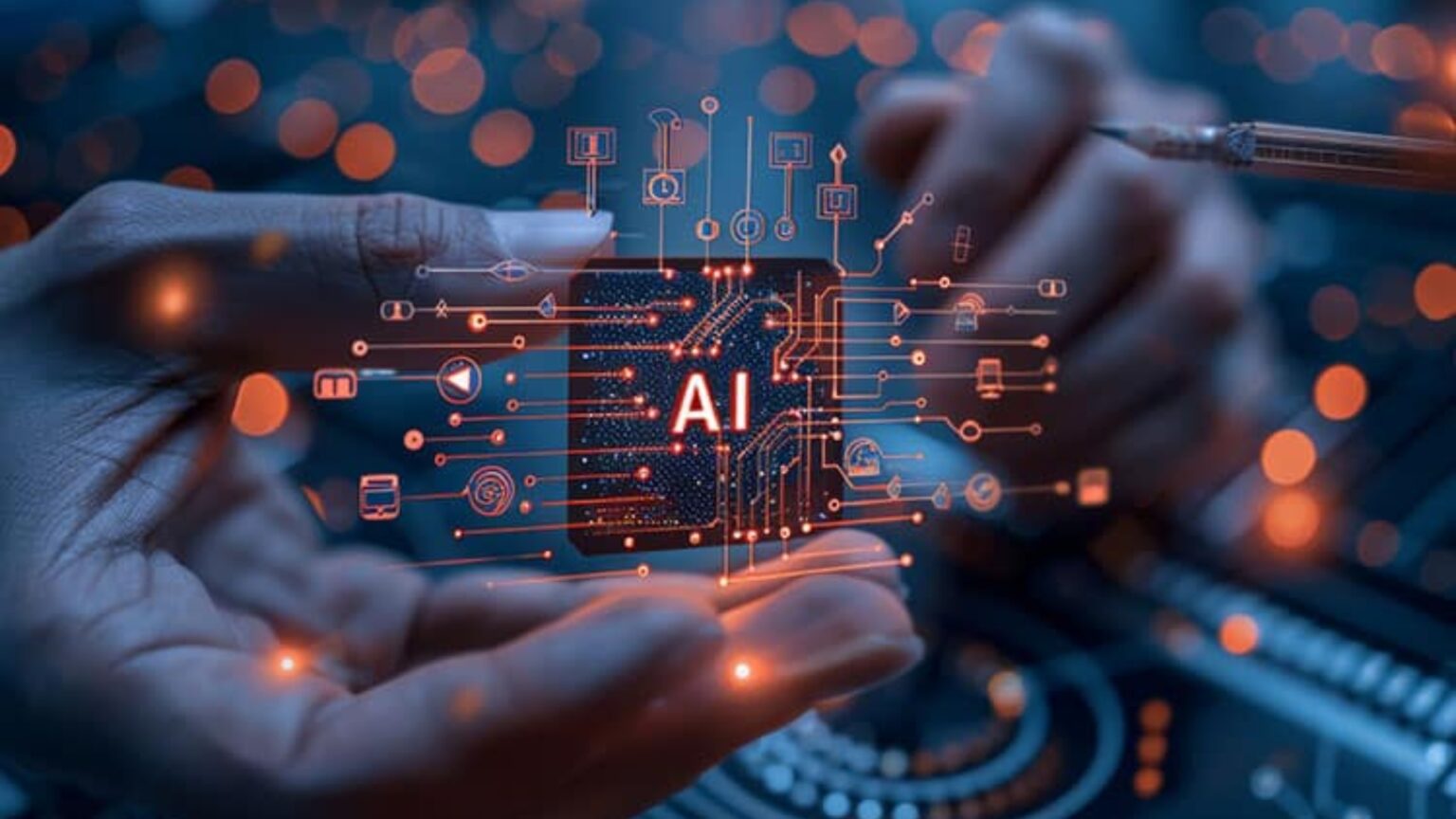In today’s business world, reverse logistics has become a critical area for companies looking to improve efficiency and customer satisfaction. The need to manage product returns effectively, particularly through Return Merchandise Authorization (RMA) processes, has driven companies to explore advanced technology solutions. Low-code platforms and AI-driven tools now offer innovative ways to address the challenges of reverse logistics, making the process faster, smarter, and more customer-focused.
What is Reverse Logistics?
Reverse logistics refers to the process of moving goods from customers back to companies, primarily through returns, repairs, and recycling. It’s more complex than standard logistics due to various challenges, including high return volumes, coordination among multiple parties, high handling costs, and environmental compliance. Retailers, particularly those in e-commerce, experience return rates as high as 17.6%, which can be costly if not managed efficiently.
Key Challenges in Reverse Logistics
Efficient reverse logistics is essential, but it presents multiple challenges. These include:
- High Volume of Returns: E-commerce has significantly increased the number of product returns, creating a need for rapid sorting, inspecting, and processing.
- Complex Coordination: Coordination with customers, third-party logistics providers, warehouses, and repair centers is crucial, but it can be overwhelming.
- High Costs: Returns handling involves costs for shipping, restocking, and potential product value loss.
- Customer Satisfaction: Quick and easy return processes help maintain customer trust, while delays can harm a brand’s reputation.
- Environmental and Compliance Issues: Adhering to environmental regulations while disposing of or recycling products adds another layer of complexity.
How Low-Code Platforms like ServiceNow Improve Reverse Logistics
Low-code platforms, such as ServiceNow’s App Engine, are transforming reverse logistics by enabling organizations to build tailored solutions that address specific challenges without requiring extensive coding knowledge.
- Streamlined Workflows: Low-code platforms help create automated workflows, simplifying each step in the RMA process. Once a return request is initiated, the system generates an RMA number, notifies the customer, and schedules return shipping, all automatically.
- Customizable Applications: Low-code solutions allow companies to adapt the RMA process to their unique needs without requiring advanced technical expertise.
- Seamless Integration: ServiceNow’s platform integrates with ERP, CRM, and warehouse systems, ensuring that all return-related data is synchronized and easily accessible.
- Enhanced Visibility: Real-time dashboards provide insights into return trends, process bottlenecks, and overall efficiency. This data allows managers to make well-informed decisions.
Leveraging AI for Smarter Reverse Logistics
Artificial intelligence (AI) further enhances the efficiency of reverse logistics by streamlining repetitive tasks and improving decision-making through data-driven insights. Tools like ServiceNow’s Now Assist offer significant benefits:
- AI-Powered Insights: AI can analyze return patterns, helping businesses identify common product issues and reduce return rates by improving quality.
- Automation of Routine Tasks: Now Assist automates tasks such as data entry and customer notifications, reducing manual effort and speeding up the process.
- Improved Customer Interaction: AI-powered chatbots provide customers with real-time updates on return status and answer frequently asked questions, enhancing the customer experience.
- Predictive Analytics: AI tools analyze historical data to predict future return trends, enabling better inventory planning and resource allocation.
Building Effective RMA Solutions with Low-Code and AI
For brands aiming to streamline their RMA process, using low-code platforms and AI-driven tools offers a powerful approach. Here’s how you can maximize results:
- Custom Workflows: With a low-code platform, create workflows that handle complex return policies, manage approvals, and send automated customer updates.
- AI-Enhanced Processes: Integrate AI to automate repetitive tasks, such as authorizations and notifications, allowing teams to focus on high-impact tasks.
- Continuous Optimization: Ensure long-term efficiency by regularly monitoring the system and updating workflows based on customer and team feedback.
Looking Ahead: The Future of Reverse Logistics
As businesses continue to adapt to changing customer needs and market demands, investing in advanced tools like low-code platforms and AI for reverse logistics will become increasingly essential. These technologies streamline workflows, reduce costs, and improve customer satisfaction, transforming reverse logistics into a seamless, efficient part of operations.
By staying proactive and embracing low-code and AI solutions, companies can turn reverse logistics challenges into opportunities, creating a better experience for customers and building a more efficient, resilient supply chain.







